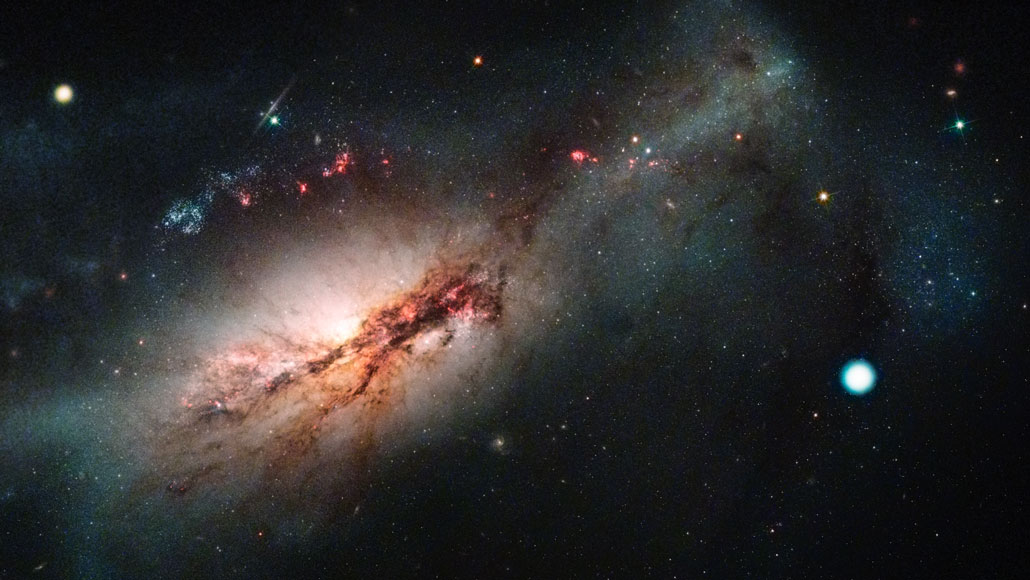HOME
Scientists spotted an electron-capture supernova for the first time

A long-predicted type of cosmic explosion has finally burst onto the scene.
Researchers have found convincing evidence for an electron-capture supernova, a stellar explosion ignited when atomic nuclei sop up electrons within a star’s core. The phenomenon was first predicted in 1980, but scientists have never been sure that they have seen one. A flare that appeared in the sky in 2018, called supernova 2018zd, matches several expected hallmarks of the blasts, scientists report June 28 in Nature Astronomy.
“These have been theorized for so long, and it’s really nice that we’ve actually seen one now,” says astrophysicist Carolyn Doherty of Konkoly Observatory in Budapest, who was not involved with the research.
Electron-capture supernovas result from stars that sit right on the precipice of exploding. Stars with more than about 10 times the sun’s mass go supernova after nuclear fusion reactions within the core cease, and the star can no longer support itself against gravity. The core collapses inward and then rebounds, causing the star’s outer layers to explode outward (SN: 2/8/17). Smaller stars, with less than about eight solar masses, are able to resist collapse, instead forming a dense object called a white dwarf (SN: 6/30/21). But between about eight and 10 solar masses, there’s a poorly understood middle ground for stars. For some stars that fall in that range, scientists have long suspected that electron-capture supernovas should occur.
News Source